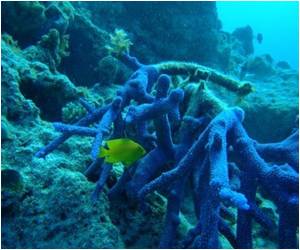
Meanwhile, in many countries across the world, including India, which is industrialising rapidly and witnessing a dramatic rise in the number of vehicles, air pollution remains a major concern.
India's capital New Delhi already has over 7.4 million vehicles and 1,700 are being added to its roads every day.
To tackle the city's deteriorating air quality and to ensure better monitoring of fine particulate matter, India's Ministry of Environment can take advantage of the technology introduced by Toshiba to monitor air pollution.
"This is PM2.5 sampler. It is called low volume air sampler. It vacuums air from the air intake on the top and collects vacuum samples. The system will help to monitor carbon nanotube materials which are currently used as high technology materials in the manufacturing of semi conductors," said
Dr. Keisuke Morita of the Toshiba Nano Analysis Corporation.
Advertisement
Smaller the particulate matter, the more likely it is to affect human health.
Advertisement
The role model is Japan's Kitakyushu city, which was one of the most polluted cities during the industrial revolution in 1960s. Here the residents fought against pollution of the city.
The Kitakyushu Environment Museum displays the history of the fight against pollution by the people of Kitakyushu city.
"Kitakyushu City has developed as an industrial city. Factories are manufacturing steel even now, at the same time you can also see that there is a lot of green vegetation, which covers 40 per cent of our city. We have developed our city and are making efforts to promote both- industries and greenery," said Midori Kukushima of the Kitakyushu Environment Museum.
And even as economic activities gain momentum in India, environment safety remains a major concern.
Source-ANI









